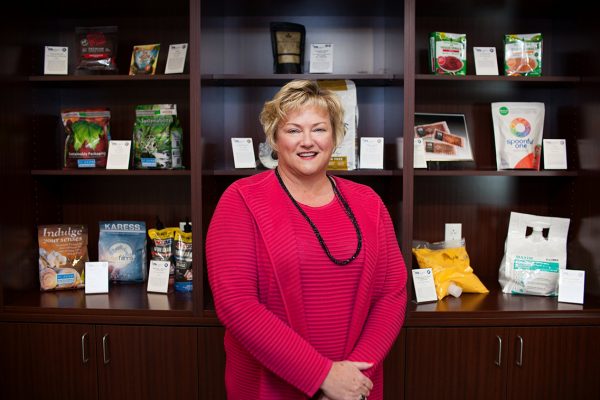While we are still not back to normal, we got a glimpse of it in 2021. State legislatures convened and worked on policy, albeit through mostly virtual means; a new administration and Congress were seated and charted a course for recovery, which included the first broad infrastructure package in decades; the Flexible Packaging Association (FPA) instituted a new strategic plan and held its first in-person meeting in 18 months; and the FPA staff grew to meet its vision for the future, which centers around continued growth and circularity for flexible packaging.
Oregon and Maine will embark in 2022 on the first-ever U.S. producer responsibility schemes for packaging. Neither state’s plans are the same, and the differences are stark. 2022 will also bring forth more states with packaging legislation, either modeling Oregon and Maine or attempting their own measures. Work to find some harmonization at the federal level, which began this year, will continue in earnest throughout 2022 as we continue to see this topic unfold. FPA’s policy remains unchanged—bans on currently unrecyclable flexible packaging are not a solution because they have unintended detrimental environmental consequences that far outweigh landfilling of these materials. Investment in new infrastructure to handle flexibles is what is needed and can be accomplished through a variety of mechanisms, including producer responsibility schemes, if done correctly.
On infrastructure investment, FPA supports the first large-scale bipartisan infrastructure bill introduced in decades. The overall package includes funding for recycling through a former stand-alone bill, the RECYCLE Act. The provisions specify that the U.S. Environmental Protection Agency (EPA) establish a program to award grants to improve the effectiveness of residential and community recycling programs through public education and outreach and that the EPA must develop a model recycling program toolkit for states, Native American tribes, and local governments. FPA believes this can be the starting point for harmonization of the more than 10,000 residential recycling programs across the U.S. and a prelude to further access and expansion of those programs to include flexibles.
This work to protect, promote, and provide solutions for flexible packaging conforms with FPA’s new strategic plan, approved by the board at our virtual meeting in March. It was incredible to finally be in-person again in September at our combined annual and fall conference and fulfill the fourth pillar of our mission: networking. It was made even more special as it gave me the chance to introduce—in-person—new staff that will help us achieve our strategic goals over the next three to five years, both to the membership and the association, and fulfill its work as a whole. This year may have been as challenging as, if not more so than, 2020. However, I remain confident that the FPA and its members are well poised to weather successfully everything that 2022 may hold.

Alison Keane, Esq., IOM, CAE
President and CEO
Flexible Packaging Association
